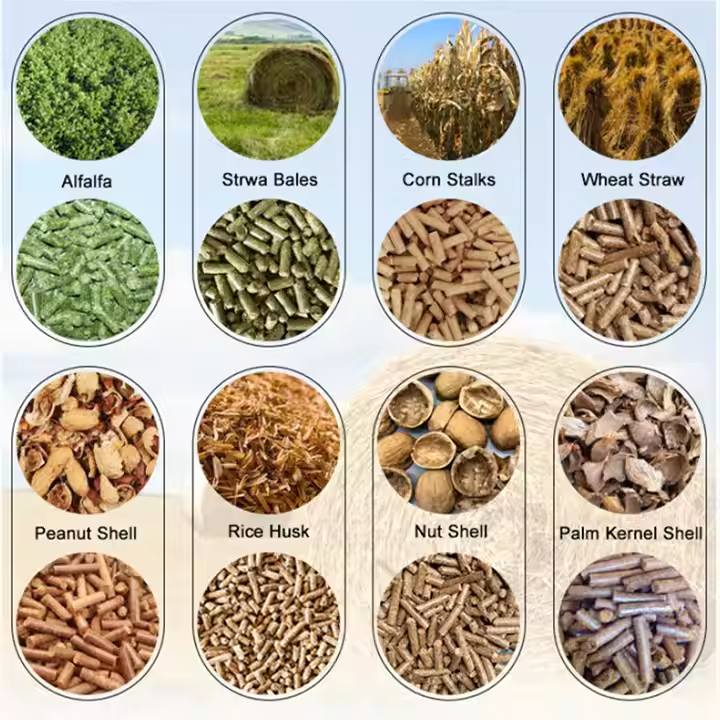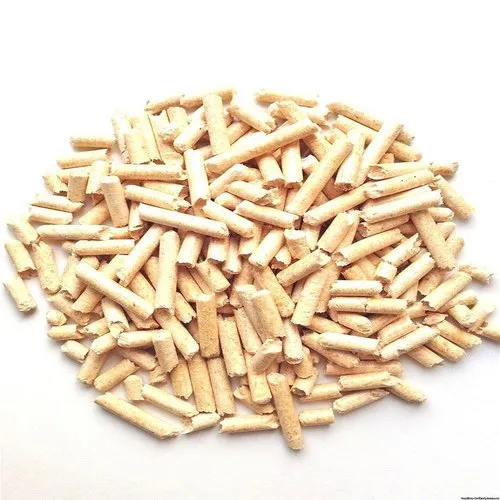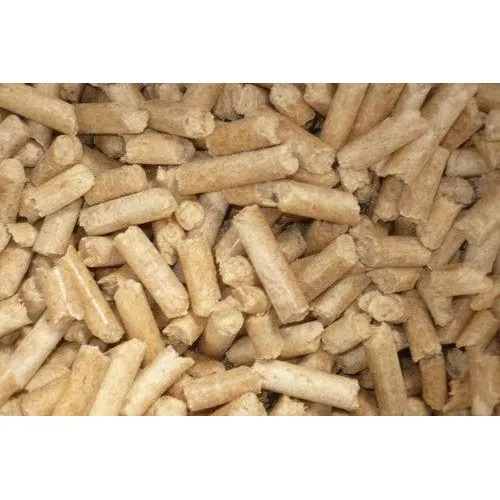pelleting machine price in nigeria ,animal feed pellet machine
Make Aquatic Feed: Pellet Feed or Extruded Particle Feed
May 6, 2025
Make Aquatic Feed: Pellet Feed or Extruded Particle Feed
These two aquatic fish feed processing technologies are generally similar.
Making Pellet Aquatic Feed (Sinking or Slow Sinking Feed)
- Crushing: Different raw materials are crushed using a crusher.
- Mixing: The crushed materials are blended in a raw material pre-mixer. The mixed material becomes the semi-finished product of fish or shrimp formula feed.
- Granulation: The premixed feed enters a mechanical conditioner and is then pressed into granules (pellets) by rollers and a die plate.
- The diameter of the die plate holes determines the size of the feed pellets.
- Different die plate hole sizes are used to produce pellets of varying diameters.

Making Extruded Particle Feed (Floating Feed)
- Crushing (if needed): Raw materials are crushed first. If the raw materials are already in powder form, crushing is unnecessary.
- Mixing: The powder is thoroughly mixed.
- Extrusion: The mixed feed is evenly fed into an extruder. Under high pressure and temperature, the feed expands upon exiting the extruder, forming lightweight particles that float on water.
Comparison of Aquatic Fish Feed Processing Technologies
1. Feed Raw Material Crushing Fineness and Curing Degree
- Pellet Feed:
- The crusher’s performance determines the fineness of the raw material.
- The crushed powder fed into the conditioner should be at 80–90°C, ensuring semi-cured final pellets.
- Extruded Feed:
- Raw materials are crushed much finer.
- Inside the extrusion chamber, temperatures reach 110–200°C.
- High pressure and sudden depressurization create porous, fully cured feed.

2. Water Content
- Extruded feed has lower moisture than pellet feed due to high-temperature processing.
- Approximately 1.1 tons of powder yields 1 ton of extruded feed after water loss.
3. Water Stability
- Pellet Feed: Requires adhesives (e.g., high-gluten flour) to maintain water stability.
- Extruded Feed: Naturally stable in water, swelling like a sponge without extra binders.
4. Dust Levels
- Pellet feed produces more dust than expanded feed.
5. Production Cost
- Extruded feed costs 1–1.5 times more to produce than pellet feed.
6. Digestibility & Safety
- Extruded feed undergoes high-temperature sterilization, improving taste and nutrient absorption.
7. Market Prices
- Extruded feed is pricier due to higher machinery and processing costs, often marketed as premium fish feed.


Conclusion
Making aquatic feed—whether pellet or extruded—is straightforward and profitable. Why not start your MAIKONG aquatic feed business today?
Contact MAIKONG for premium feed solutions: WS/TEL: 0086191-549010-65
Contact us online by Whatsapp:

Maybe you like also
Copy©2025
